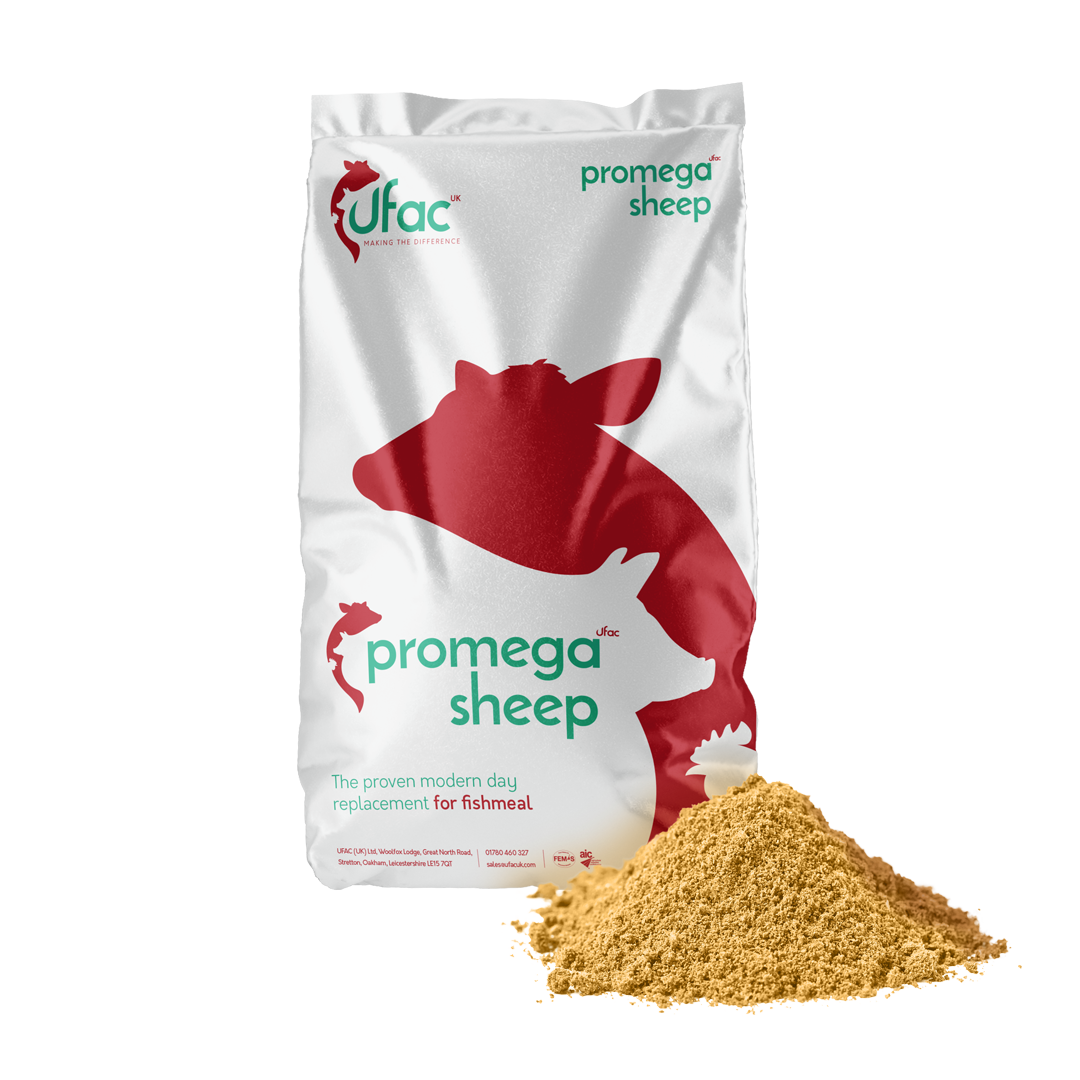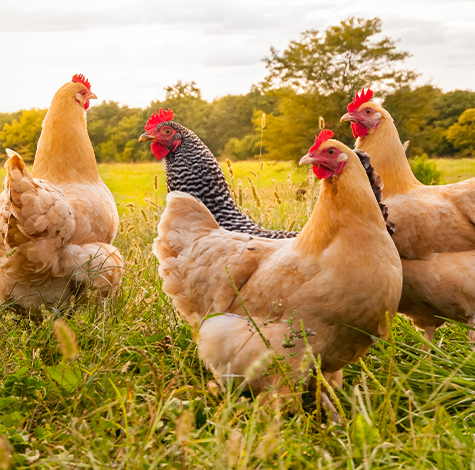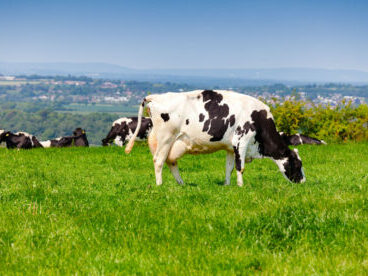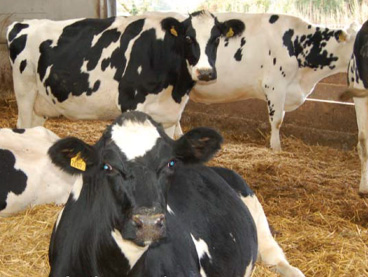It is vital to understand lambing signs, equipment needed, and animal nutrition post-eweing to ensure a successful lambing season.
Seeing lambs in our fields is usually one of the first signs that spring has sprung in the UK. Lambing season has already begun across the country, with farmers experiencing many sleepless nights trying to ensure healthy lambs and ewes.
As of 2022, there were over 20 million sheep being looked after by farmers in the UK. These sheep comprise of lambs, ewes and rams. Making up a crucial part of the farming calendar, the lambing season typically lasts until April after the tupping season has taken place the previous Autumn.
Farmers typically see 1-3 lambs per ewe, with some farmers even seeing as many as 5 per ewe. Some ewes deliver their lambs easily and give birth in the field or lambing shed. However, first-time mothers may need help from farmers, leading to many sleepless nights.
This blog will explore the birthing requirements during the pre-lambing season, lambing signs and equipment needed, and animal nutrition post-eweing to ensure a successful lambing season.
Pre-Lambing:
Before discussing post-lambing requirements, it is important to consider pre-season lambing activities. UFAC recommends increasing the level of ewe nutrition six weeks prior to lambing. Providing booster immunisations, trimming feet, cleaning out the barns, checking heat lamps and water buckets, and getting vital lambing equipment supplies together is also recommended.
We have put together a list of essential lambing supplies to have on hand this season;
- Iodine
- Towels
- Plastic sleeves and disposable gloves
- OB lube
- Scissors
- Ewe restrainer
- Baby bottle
- Stomach tube and two-ounce syringe
- Uterine boluses
- Halter
- Lamb milk replacer and colostrum replacer

Now that you have your equipment ready, it is important to be aware of lambing signs so that you can prepare. You will be able to notice changes in the behaviour and appearance of your ewes as they begin the lambing process.
About ten days before lambing, the ewe’s teats will begin to fill with colostrum and feel firm. Between then and lambing, the vulva becomes swollen. In the last hours before lambing, many ewes will separate from the flock and within a few days of lambing, the ewe’s sides ‘hollow out’ as the lamb drops into the lambing position. It is worth noting that the ewe may also hold her tail out as lambing gets closer.
Sheep birthing process
The sheep lambing process starts when the ewe begins contractions and getting up and down frequently. She will paw the ground, lie down and push her nose up in the air.
The average lambing time is roughly 30 minutes, but this can sometimes be longer. Most ewes will lamb within an hour of their water breaking. Ewes must therefore be checked at least once an hour. Any ewe that has not made progress within 30 minutes after her water has broken should be examined for any problems.
The lamb appears after the water bag, with its front feet first, followed by the rest of the body. Once you have made sure that the lambs are breathing, allow the ewe to clean her lamb and dry it off. Make sure the ewe isn’t going to have another lamb before setting up the heat lamp and clipping the navel. It is also worth making sure that milk is flowing from both teats and that the lamb is getting a sufficient amount of colostrum.
When to interfere?
- If only the head appears
- The water bag has been passed, and no progress has been made within 30 minutes.
- When the lambing time takes more than 90 minutes
- When only one leg, tail or the head can be seen
Post Ewing
Once the lambing season begins to draw to a close, farmers will begin focusing on ongoing ewe management to maintain ewe health, protein and energy levels in the ration during the critical post-lambing period.
As lactation places the highest nutrient demands on the ewe, it is crucial they are fed to their full energy requirements for up to four weeks after lambing, the point at which lactating ewes normally reach the peak of milk production.
UFAC has several products on offer that are proven to increase dietary energy supply during the post-lambing period:
Promega:
Trials using Promega, a unique high-energy feed supplement formulated with essential Omega-3 fatty acids and DUP, have demonstrated increased milk yield and improved milk protein well into lactation.
Promega helps to increase milk production, boost reproductive activity and enhance immunity status, resulting in healthier and more productive sheep.
Formulated with high-quality fish oil and sugar (glycerine), blended with vegetable protein meal, Promega can be incorporated into both compounds and on farm mixes. The essential Omega-3 fatty acids EPA and DHA are considered important modulators of immune functions. Harnessing these long-chain fatty acids, UFAC-UK’s Omega-3 Supplement helps to improve ewe and lamb health while increasing ewe longevity and reducing the number of barren ewes.
Megajule:
The blended fat supplement optimises the energy supply for sheep diets.
Megajule contains a unique blend of specially selected rumen-inert fatty acids, supplying a balanced fatty acid profile to maximise digestibility and energy supply. Optimising these nutrients helps meet energy needs, allowing the ewes to achieve their potential.
The fats in megajule contain over twice the energy content of carbohydrates. The supplement has been proven to improve overall energy supply, increase growth rates, carcass quality, milk production as well as help improve fertility.
Interested in finding out more about how UFAC products can help this lambing season? Contact our Regional Business Managers directly.
Mark Townsend
M: 07788 294 539
South West and Wales
Richard Lapthorne
M: 07788 963 487
North England and Scotland
James Hastings-Molyneux
M: 07538 763 832
South East and Midlands


 Back to News
Back to News 



